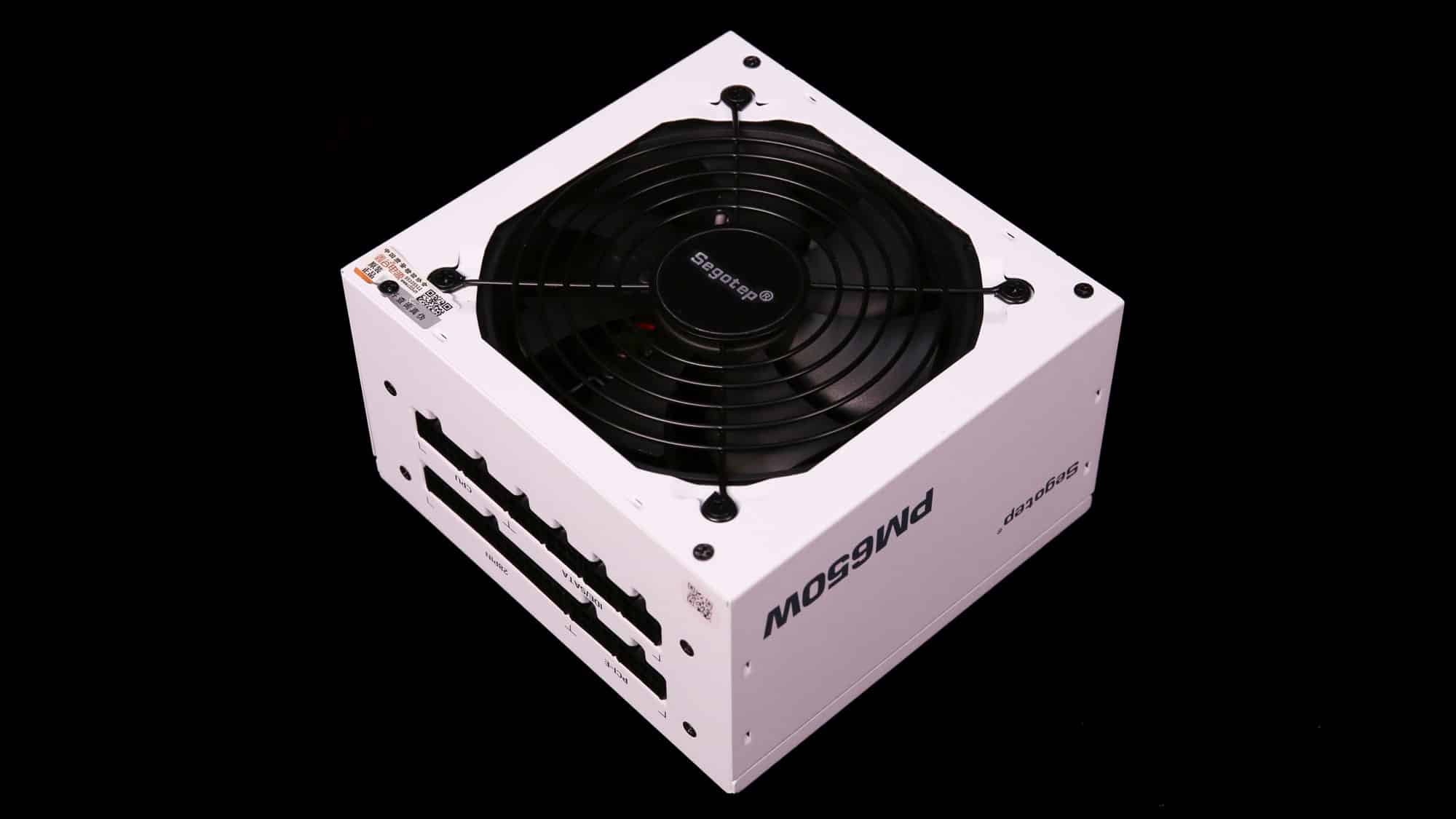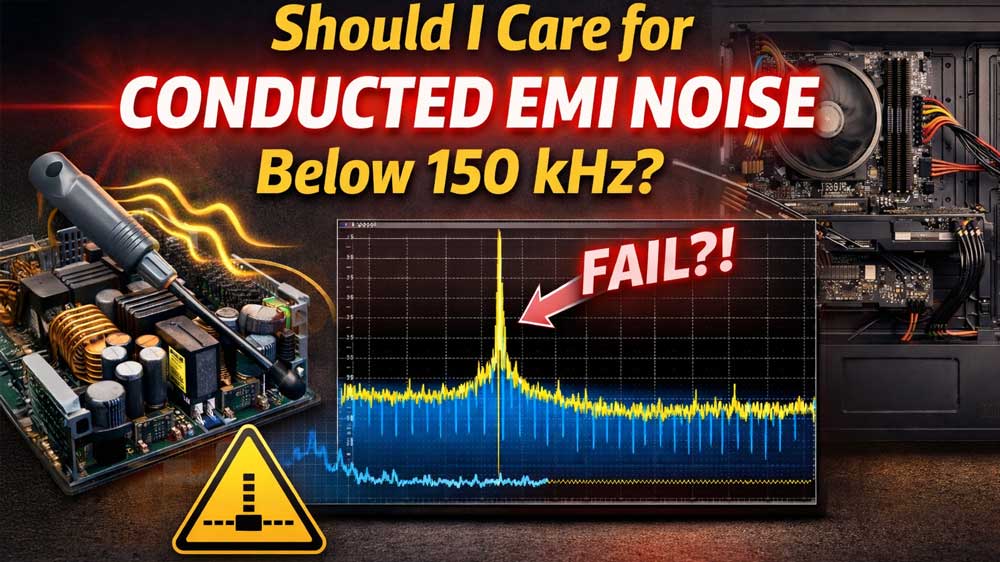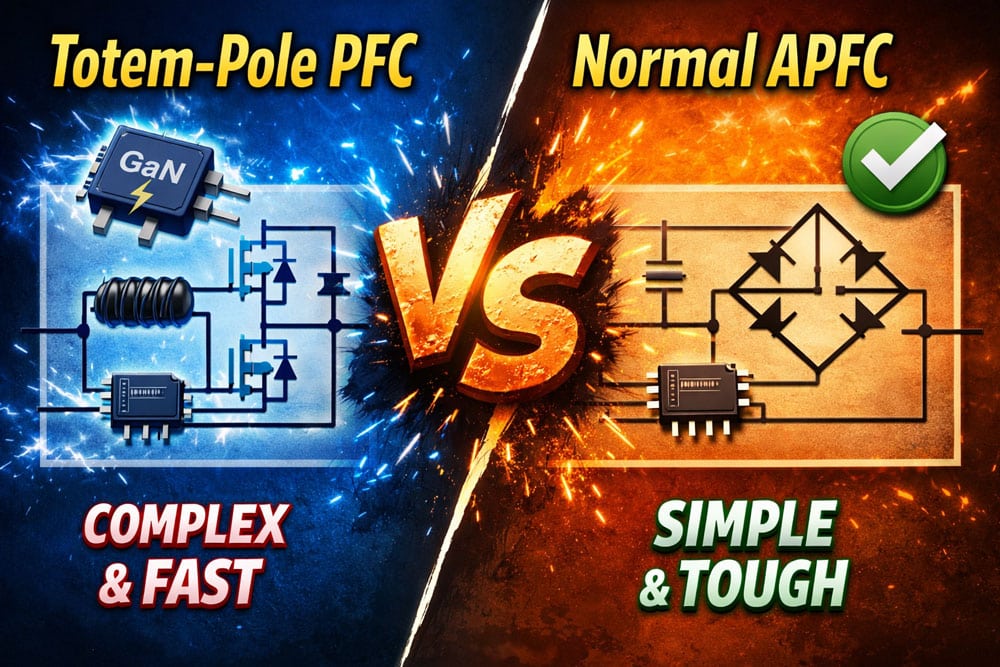Epilogue
The Segotep PM650W (SG-650P) uses a contemporary platform, and it would be way better with some changes. The fact that its EPS cable melted during testing is an easy fix. They need to install each of the EPS connectors on separate cables. Having both of them in the same cable is wrong, since these connectors can draw high amounts of power. This is a poor design choice, and even in low-capacity power supplies, it can be proven fatal.
The unit’s performance is not competitive, with loose load regulation, mediocre transient response at 3.3V, increased T3 timings that do not allow for Alternative Low Power Mode compliance, high inrush currents at 230V, low efficiency 5VSB rail, and low PF at 230V. On the other hand, ripple suppression is good, efficiency is generally high, and the unit’s EMI filter works well, which was a pleasant surprise to me, as manufacturers usually do not pay special attention to EMI emissions and filters at low-cost platforms. Lastly, the output noise is increased, but it is not too high. What left another (negative) impression was the bad tuning of the 230V fan speed profile.
Overall, Segotep PM650W (SG-650P) offers mediocre performance, and its dual EPS connectors on a single cable pose a threat, since the cable in my sample melted under high loads.
Before investing in a new power supply, read my article on the Best ATX v3.x PSUs to compare all alternative PSU offerings. You help me a lot by using my affiliate links, which don’t increase the price of the product. I receive a commission from Amazon every time you do it, which can make a significant difference for me, especially now that I am working independently, exclusively for my media, rather than for someone else.
- Delivered full power at 47°C
- High average efficiency
- Satisfactory PF at 230V
- Good transient response at 12V under ATX v3.1 transient loads (for units without 12V-2×6)
- Good ripple suppression
- Bad design, having two EPS connectors on the same cable
- Low overall performance
- Sky-high vampire power
- Low 5VSB efficiency
- High inrush currents at 230V
- Loose load regulation
- Low efficiency at light and super-light loads (115V)
- Low PF readings at 230V
- Not Alternative Low Power Mode (ALPM) compatible
- No 12+4 pin PCIe connector
- No fan failure protection




Are you gonna review the FSP Mega Ti 1650W?
Once I find some time sure.